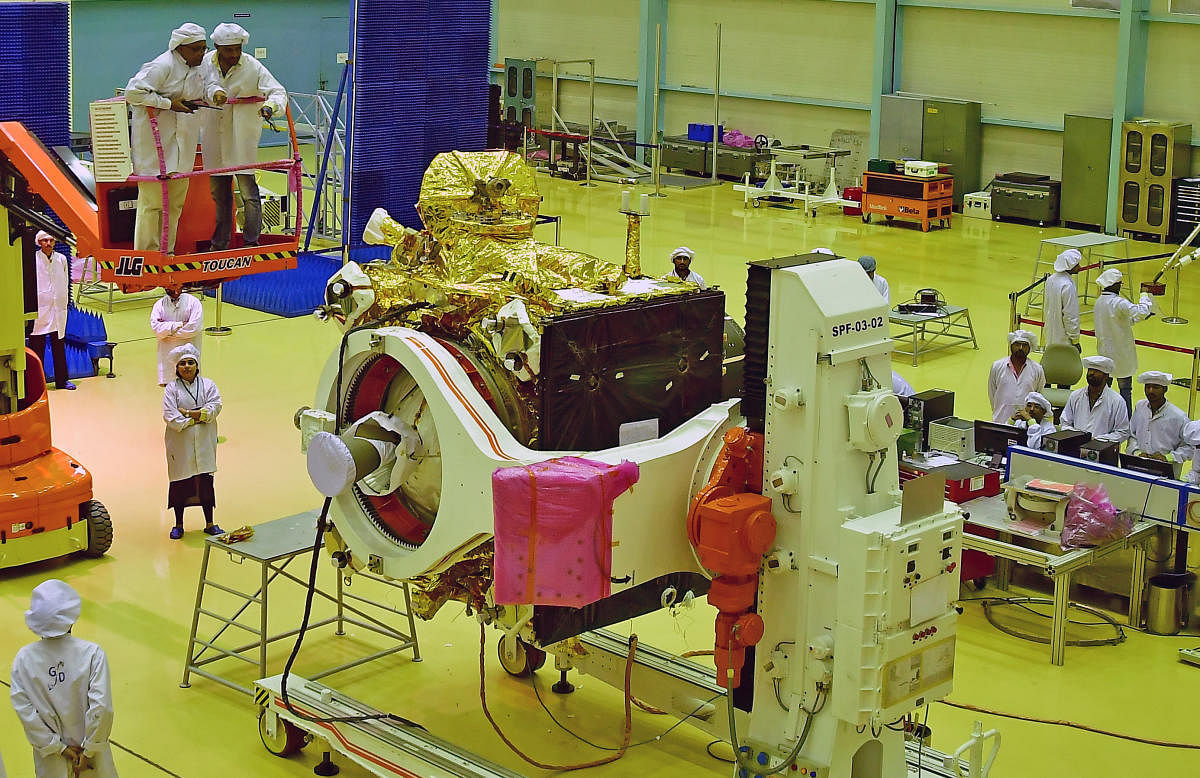
Years of planning, design of cutting-edge technology and expectations of a billion people on Chandrayaan-2 will ultimately boil down to 15 minutes on September 6 or 7.
According to Isro chairman R Sivan, these 15 minutes on D-day will be the “most terrifying” for all the personnel involved in the mission as it will determine whether the mission is a success or failure.
When the lander Vikram is about 30 km from the lunar surface, the real event will happen - the D-day.
The propulsion system of the lander is going to function and it will break down the velocity of the lander in a controlled fashion near South Pole, Sivan said.
“Braking the speed of the lander 30 km above till landing on the surface will take about 15 minutes. These 15 minutes are going to be the most terrifying for all of us,” Sivan said.
The successful landing of Vikram will be an unprecedented event in the history of Isro as the space agency has not undertaken such a complex flight before.
Once the lander lands near two craters near the lunar South Pole, the rover Pragyan will inch outside the lander. Pragyan will travel at a speed of 1 cm/sec or about 36 metres per hour conducting tests and relaying vital information to ground control. Isro expects the rover to move about 500 m from the landing site.
The insignia of Ashok Chakra is imprinted on one of its wheels and Isro logo on the other. One of the reasons Isro selected the spot for landing is that the region has less number of craters and boulders. Apart from it, Isro hopes to find more water and minerals near the South Pole.
How soon for pictures?
Instruments aboard the orbiter and lander will ensure a steady stream of images this time. How quickly will Isro receive these images?
The orbiter will beam the first pictures of landing within a few seconds. However, pictures clicked by the rover will take four hours for transmission, he added.
